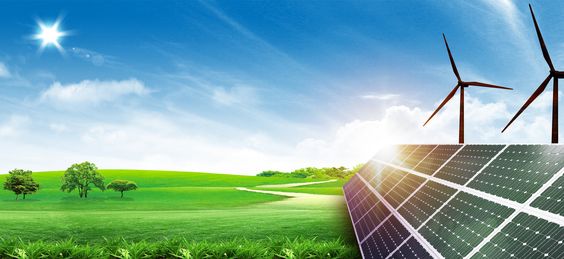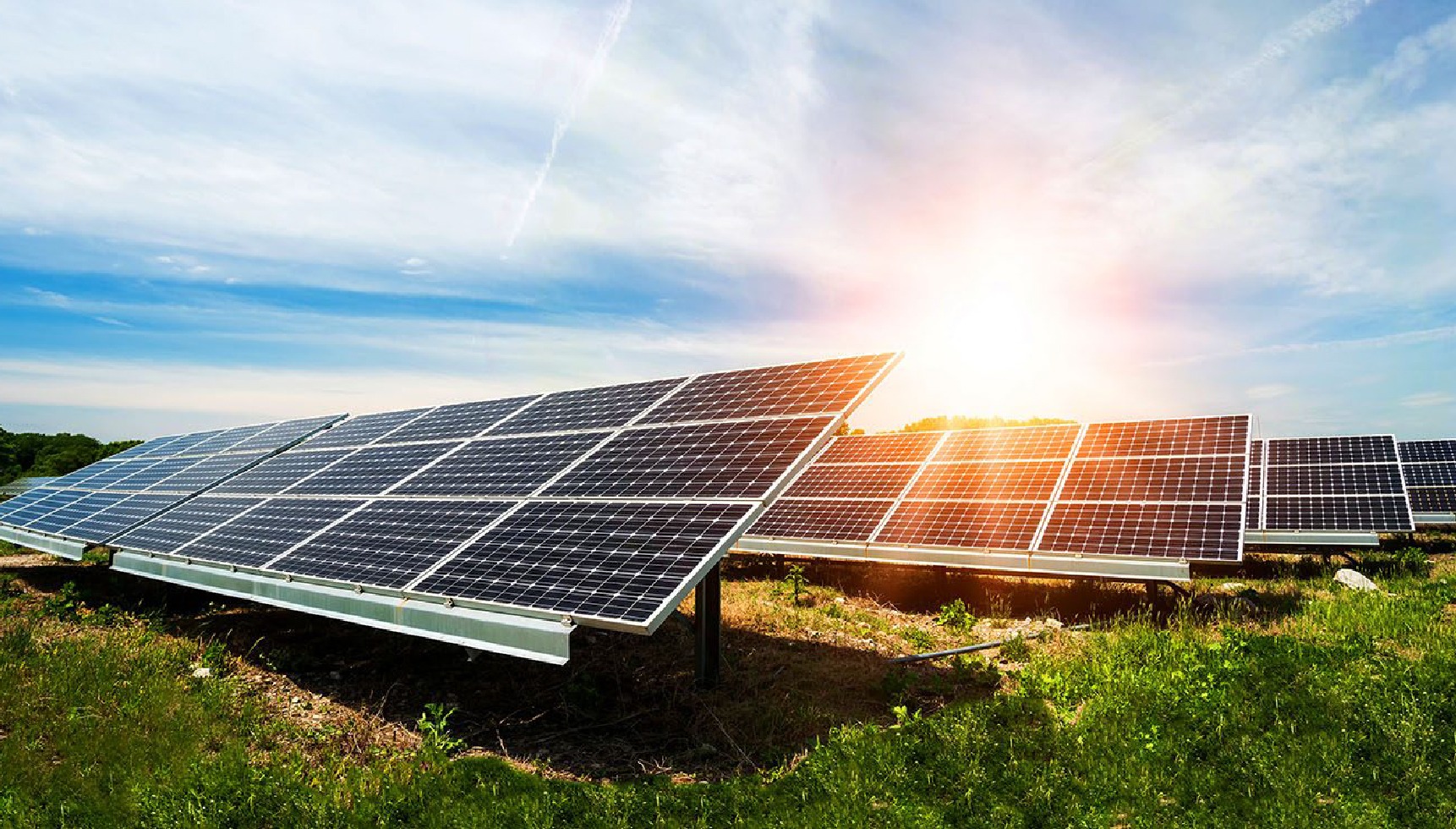If you’re thinking about going solar, one of the first questions that probably pops into your head is, “How many solar panels do I need?” It’s a common and essential question because the number of solar panels you install directly impacts how much energy you’ll generate and how much money you’ll save in the long run. While figuring this out may seem daunting, don’t worry. Let’s break it down step-by-step in this blog and help you find the best solar setup for your needs.

Factors That Define How Many Solar Panels You Need
The number of solar panels you’ll require depends on several key factors. Let’s go through them one by one:
1. Your Energy Consumption
Your current electricity usage is the most critical factor. The more electricity your household or business uses, the more solar panels you’ll need. You can easily find your energy usage on your electricity bill, which typically shows your monthly consumption in kilowatt-hours (kWh). For example, if you use 500 kWh per month, your solar system needs to generate around the same amount of electricity to cover your needs.
2. Solar Panel Output
Not all solar panels are created equal. The output of a solar panel—how much energy it generates—varies based on the panel’s size, efficiency, and wattage rating. A typical solar panel in Pakistan might generate 250 to 400 watts of power per hour under ideal conditions. For example, if you install a 350-watt panel and you receive 5 hours of full sunlight per day, that one panel can produce 1.75 kWh per day (350 watts x 5 hours).
3. Sunlight Exposure
Another important element to consider is how much sunlight your area receives. Here in Pakistan, we’re blessed with plenty of sunshine, making solar energy a great investment. However, not all regions receive the same amount of sunlight. Areas like Karachi, Lahore, and Multan typically receive 5-6 hours of sunlight per day on average, while more northern regions might get slightly less.
4. Roof Size and Angle
The physical size and angle of your roof will affect how many panels you can fit. If you have a large roof, you can install more panels and potentially generate more energy. However, if your roof is small, you might need to look at high-efficiency panels that generate more power in a smaller footprint. Also, the angle of your roof matters. In Pakistan, the ideal tilt for solar panels is typically around 30 degrees to maximize sun exposure.
How to figure out the Number of Panels Needed
Let’s break down a simple way to calculate how many solar panels you need:
- Calculate your monthly electricity usage: For example, if you use 600 kWh per month, you’ll need your solar system to produce about the same amount of energy.
- Determine the panel output: Let’s assume you’re using 350-watt panels. Multiply the panel’s wattage by the average hours of sunlight per day. For instance, 350 watts x 5 hours = 1.75 kWh per panel per day.
- Calculate your system size: Divide your monthly electricity usage by the energy each panel generates per day. For instance, if you need 600 kWh per month, and each panel generates 1.75 kWh per day, you’ll need roughly 12-14 solar panels (600 kWh ÷ 1.75 kWh x 30 days).
You can check our Calculator to Calculate your Monthly Load
Remember, this is a rough estimate. Each household is different, and the number of panels will vary based on your specific energy needs, sunlight exposure, and roof size.
Is It Better to Install More or Fewer Panels?
This is where things get interesting. While you want enough solar panels to cover your energy usage, you don’t necessarily need to overdo it. The idea is to strike a balance between your budget and your energy needs.
Pros of Installing More Panels:
- Increased Energy Independence: The more panels you have, the less electricity you’ll need from the grid, which means lower electricity bills.
- Future-Proofing: If you plan on increasing your energy consumption (perhaps adding a new AC unit or electric vehicle), extra panels can cover those future needs.
Cons of Installing More Panels:
- Higher Initial Cost: More panels mean a higher upfront investment, so be sure your budget can handle it.
- Wasted Energy: If you produce more energy than you consume, it can go to waste unless you have a system that feeds back into the grid or stores it in a battery.
What Is Best for You?
It ultimately depends on your goals and how much you want to save. If you aim to offset most or all of your electricity bill, you’ll want a system that covers 100% of your energy needs. However, if you’re looking to just reduce your electricity costs without a significant upfront investment, a smaller system might be more appropriate.
In Pakistan, with rising electricity costs and frequent load-shedding, it’s a good idea to aim for a solar system that covers 80-100% of your needs. Not only will it help lower your bills, but it’ll also give you peace of mind during power outages.
Conclusion: Solar Panels Tailored to Your Needs
Determining how many solar panels you need is about more than just crunching numbers—it’s about understanding your energy habits, location, and future goals. By considering factors like your electricity usage, sunlight exposure, and roof size, you can design a solar system that fits your lifestyle and maximizes your savings.
If you’re still unsure whether the investment is worth it, I encourage you to read my previous blog on why investing in solar panels is a smart move.
So, whether you’re ready to cover your entire energy bill or just a portion of it, remember this: solar power is an investment in a brighter, more sustainable future. The more thoughtful your approach, the better your returns will be—not just financially but also environmentally.
So, are you ready to go solar? Begin by assessing your energy requirements and determining the appropriate quantity of panels for your home. The journey to energy independence starts today.
#SolarEnergy #GoGreenPakistan #SolarSavings #RenewableEnergy #SolarPanels








